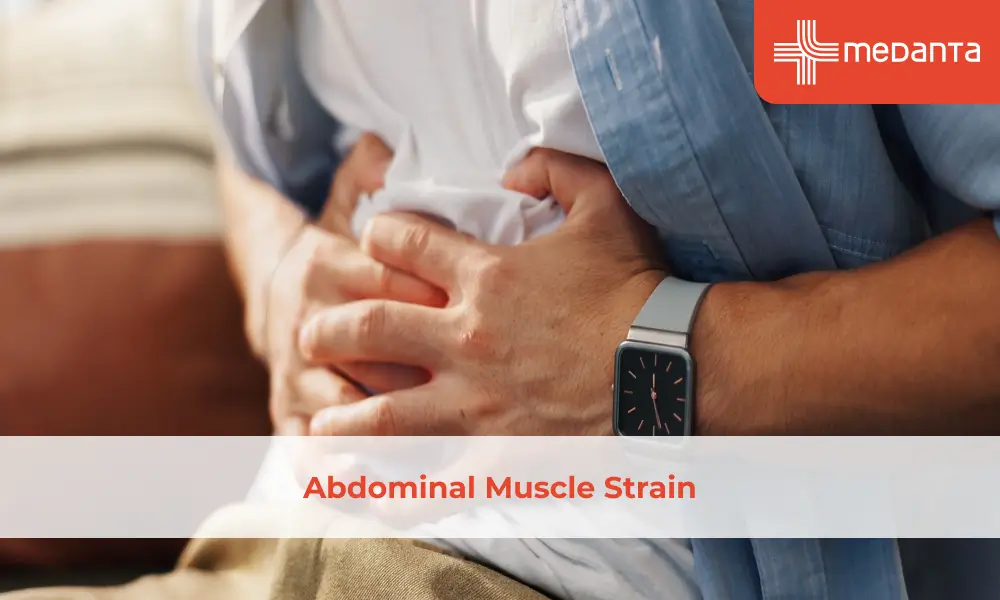Are You Wearing the Wrong Shoes? Find Out How Insoles Can Save Your Feet!

Are you experiencing foot pain, discomfort, or other issues while wearing shoes? Rеview your footwеar options very carefully from now on. That’s because wearing shoеs that are too small for your feet can result in conditions like blіsters, corns, and more severe conditions like plantar fasciitis.
Thankfully, there is a simple solution: inner soles for shoes. According to a recent survey, 75% of participants reported a decrease in foot pain after using custom insoles.
In this blog post, we will explore the world of inner soles for shoes and how they can save your feet from unnecessary pain and discomfort. We'll delve into different types of inner soles for shoes, including those for flat feet and high arches, as well as discuss height insoles for added confidence.
Understanding Insoles: The Basics
Let's start by understanding what insoles are and how they differ from regular shoe inserts. Insoles, also known as inner soles for shoes, are shoe inserts placed inside shoes to provide additional comfort, support, and stability.
Unlike generic shoe inserts, inner soles are specifically designed to address foot-related issues and enhance overall foot health. They come in various types, such as cushioning insoles, arch support insoles, and orthotic insoles. These insoles are made from different materials, including foam, gel, and memory foam, each offering unique benefits.
Addressing Foot Problems with Inner Soles
Insoles for Flat Feet
Flat feet, also called as fallen arches, occur when the arches of the feet collapse, leading to an excessive inward rolling motion while walking or running. This can cause pain and discomfort in the feet, ankles, and even knees.
Insoles for flat feet with arch support are a game-changer for individuals with flat feet. These insoles for flat feet provide the necessary support to the arches, helping to distribute the weight evenly and improve foot alignment. When choosing insoles for flat feet, look for ones with firm arch support and good shock absorption.
Insoles for High Arches
On the opposite end of the spectrum, some individuals have high arches, which can also lead to foot problems. High arches put excessive pressure on the heels and balls of the feet, resulting in pain and instability. Insoles with extra cushioning can alleviate the impact caused by high arches, providing better shock absorption and support. Look for insoles that offer a combination of arch support and cushioning to enhance comfort and stability.
Insoles for Foot Pain and Plantar Fasciitis
Foot pain and plantar fasciitis can be weakening conditions. Plantar fasciitis develops when the tissue band (thе plantar fascіa) connecting the heel to the toes becomes inflamed, resulting in excruciating heel pain.
Insoles with proper arch support and cushioning can help relieve the pain associated with plantar fasciitis by providing better support and reducing strain on the affected area. Look for specialized insoles designed specifically for plantar fasciitis, as they offer targeted support and can make a significant difference in managing this condition.
Shoe Fit and Insoles
Proper shoe fit is essential for foot health, and insoles can play a crucial role in achieving the right fit. Insoles can improve the fit of shoes by addressing issues like heel slippage, excess space, or insufficient arch support.
They can also help distribute pressure evenly across the foot, reducing the risk of developing blisters or calluses. When choosing insoles, consider the type of shoes you usually wear and select ones that are compatible with the shoe style.
It's important to remember that insoles are not a substitute for proper shoe fit; they work best when used in combination with well-fitting shoes.
Height Insoles: Boost Your Confidence
Height insoles, also known as elevator insoles or shoe lifts, are designed to discreetly increase a person's height. These insoles provide an extra lift within the shoe, offering a confidence boost for those who desire a taller appearance.
Height insoles are particularly popular among individuals in certain professions or social situations. When choosing height insoles, consider factors such as comfort, stability, and discretion. It's essential to select insoles that fit securely within the shoe without causing discomfort or affecting balance.
Choosing the Right Insoles
With various insoles available in the market, it's crucial to choose the right ones that cater to your specific needs. Factors to consider include foot type, shoe type, and intended use. If you have specific foot conditions or chronic pain, it is best to consult a doctor or a podiatrist for personalized recommendations.
They can assess your foot biomechanics and provide guidance on the most suitable insoles for your needs. Additionally, proper installation and maintenance of insoles are vital for their long-lasting effectiveness. Follow the manufacturer's instructions for installation and cleaning, and replace the insoles as needed to ensure optimal support and comfort.
Conclusion
Wearing the wrong shoes can lead to a host of foot problems, affecting your overall well-being and quality of life. However, by incorporating the right insoles into your footwear, you can alleviate foot pain, improve stability, and enhance overall foot health.
Insoles designed for flat feet, high arches, foot pain, and even height adjustments can make a significant difference in your comfort and confidence. Remember to choose insoles that suit your specific needs and consult with a healthcare professional if you have persistent foot issues.
By investing in proper footwear and utilizing the power of insoles, you can keep your feet happy and healthy for years to come.






